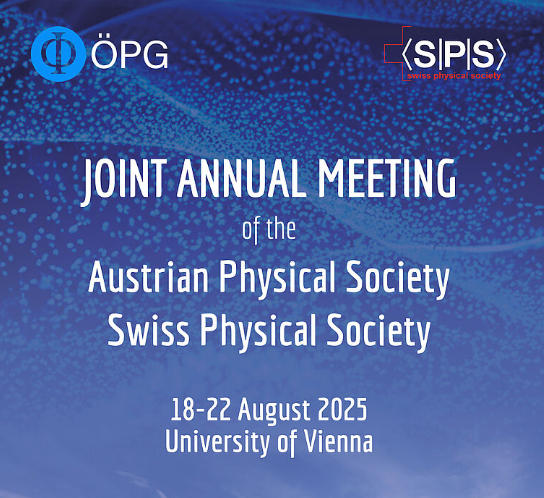https://doi.org/10.1140/epja/i2006-08-002-1
Nuclear Physics in Astrophysics II
Salty neutrinos from the Sun
Results from the salt phase of the Sudbury Neutrino Observatory
Particle Physics, University of Oxford, Keble Road, OX1 3RH, Oxford, UK
Received:
1
July
2005
Accepted:
20
December
2005
Published online:
10
February
2006
The Sudbury Neutrino Observatory is a 1 ktonne heavy-water Čerenkov detector. The first phase of this experiment has shown that neutrinos from the Sun change flavour. For the second phase of the experiment, approximately 2 tonnes of salt ( NaCl) was added to the heavy water to enhance the neutral-current detection as well as the neutral-current and charged-current separability. Here the results are presented from the complete salt phase at the Sudbury Neutrino Observatory. The electron energy spectrum is presented for the first time. It is consistent with an undistorted 8 B spectral shape. It is also consistent with the Large Mixing Angle (LMA) parameters obtained through a global fit including the data presented in this paper. These parameters are found to be Δm 2 = (8.0+0.6 -0.4)×10-5eV^2 and θ = 33.9+2.4 -2.2 degrees. The total flux of active-flavour neutrinos from 8 B decay in the Sun is found to be 4.94+0.21 -0.21(stat)+0.38 -0.34(syst), whereas the integral flux of electron neutrinos for an undistorted 8 B spectrum is 1.68+0.0.6 -0.06(stat)+0.08 -0.09(syst), both in units of 106cm^-2 s^-1. The day-night asymmetry in the observed fluxes is consistent with both absence of matter-enhancement effects in the Earth and with the small level of these effects expected for the LMA model as stated above.
PACS: 26.65.+t Solar neutrinos – / 14.60.Pq Neutrino mass and mixing –
© Società Italiana di Fisica and Springer-Verlag, 2006




